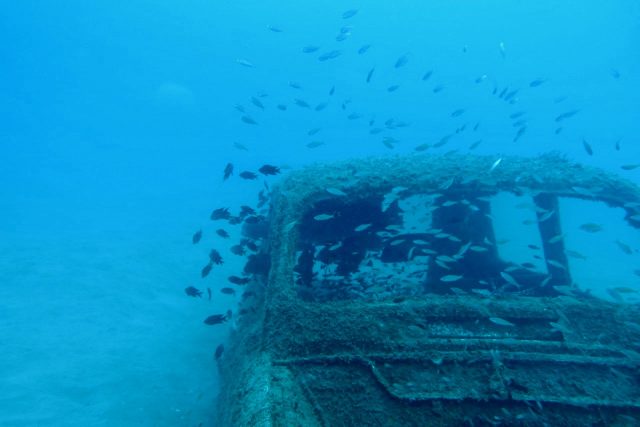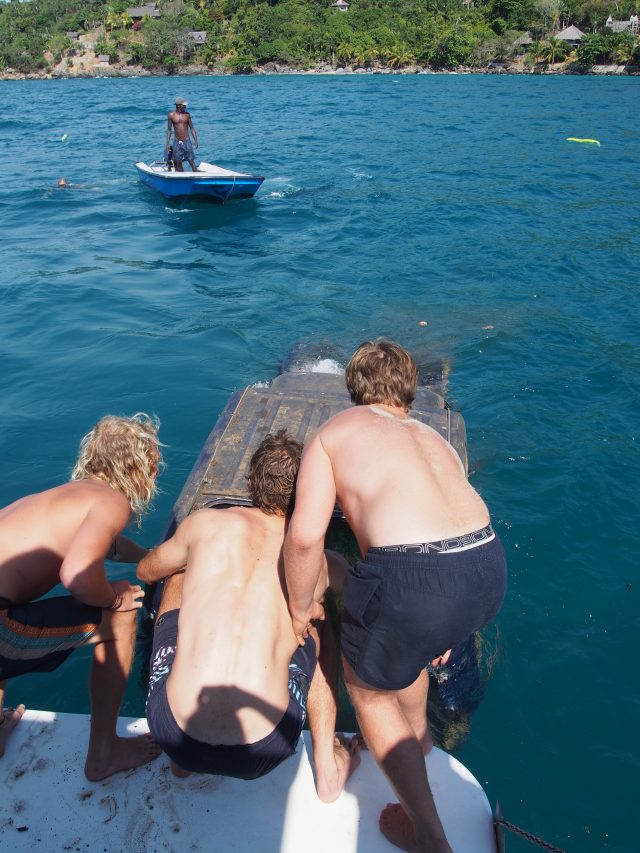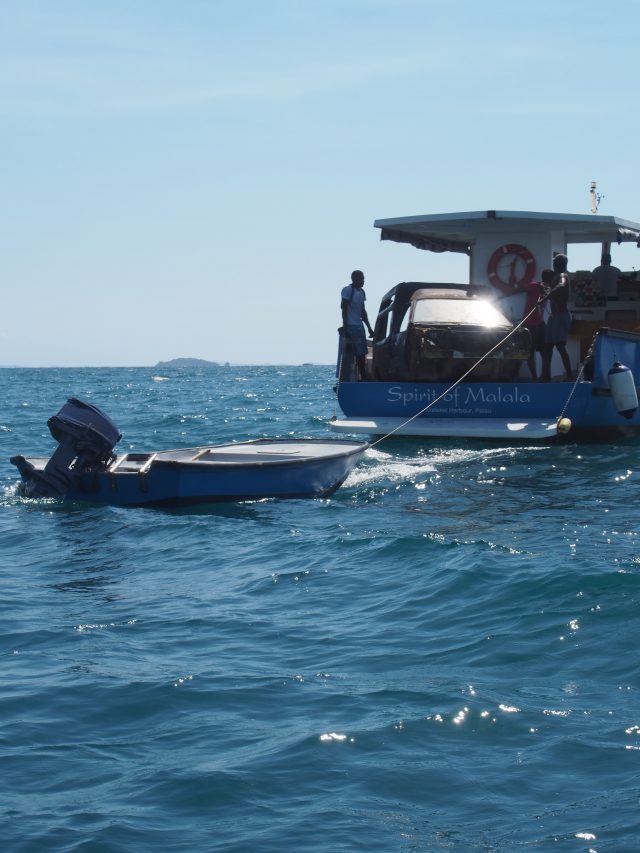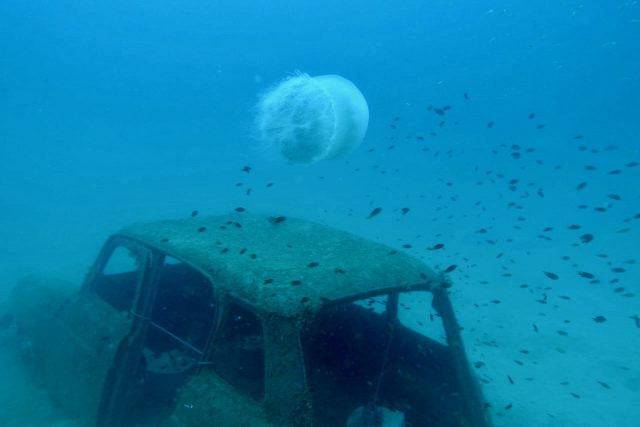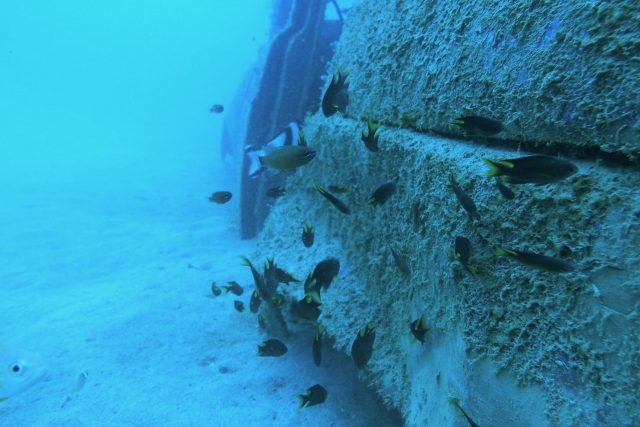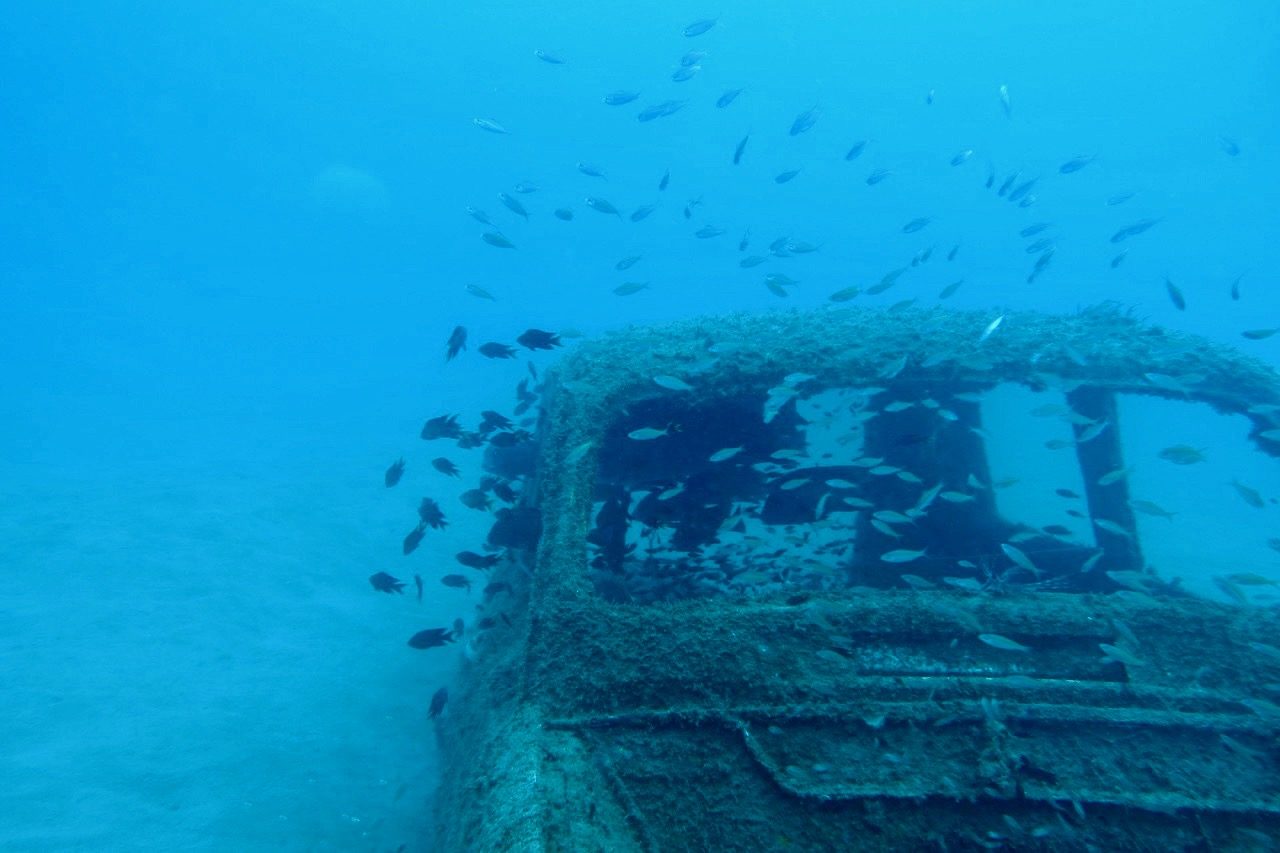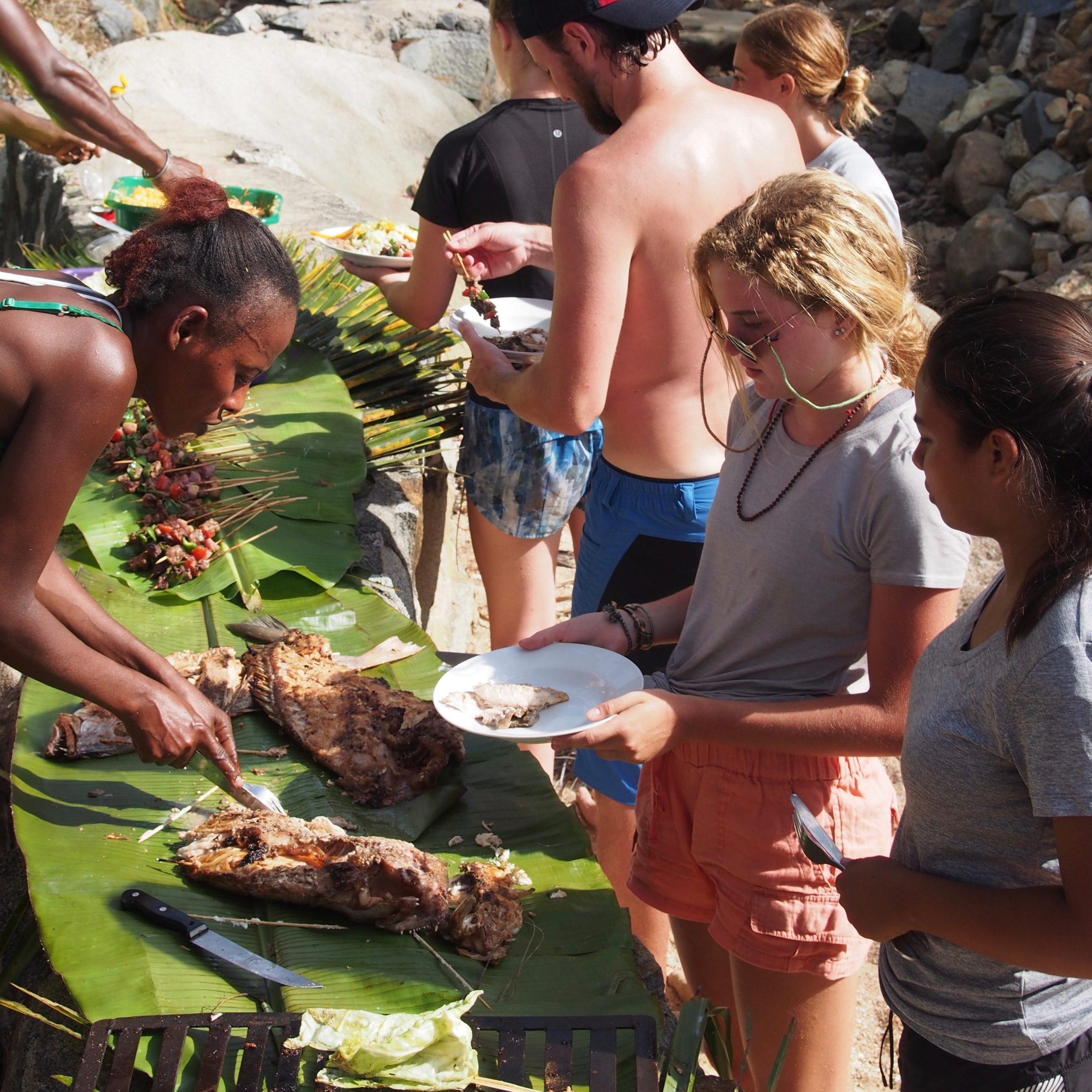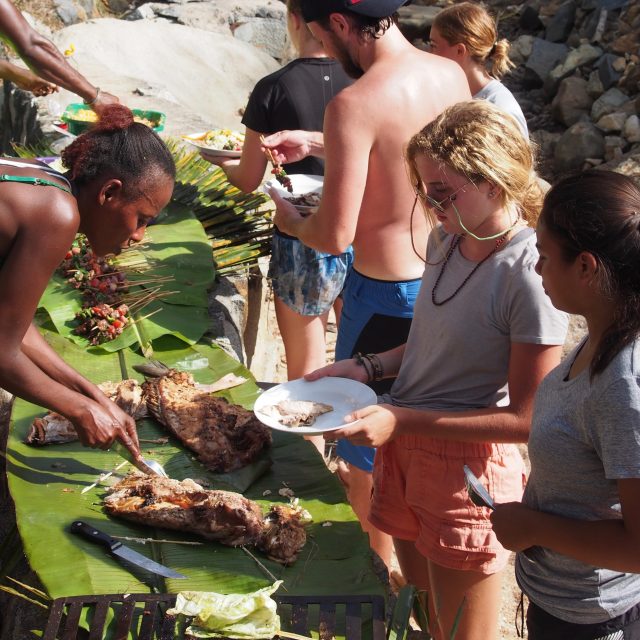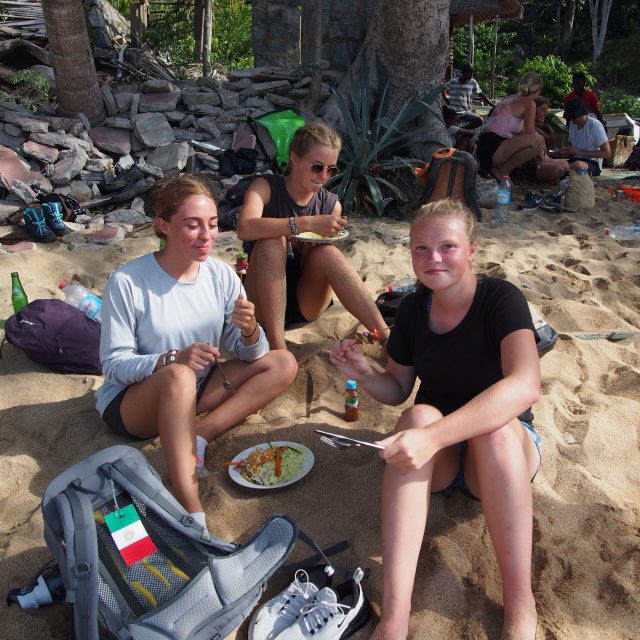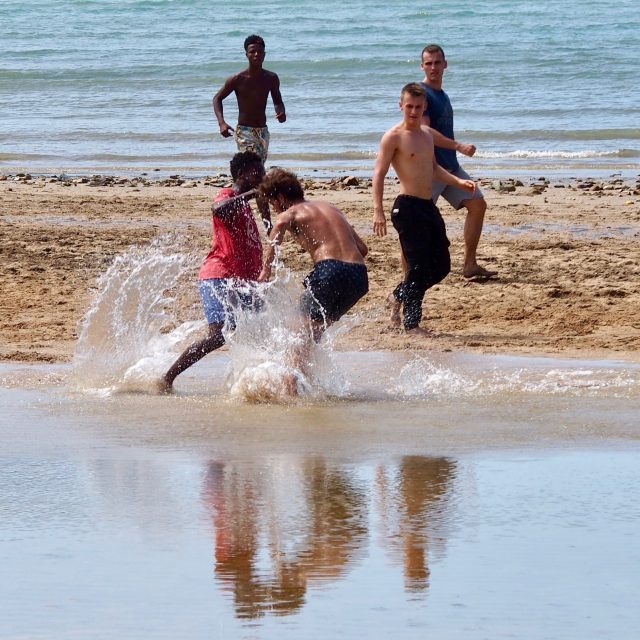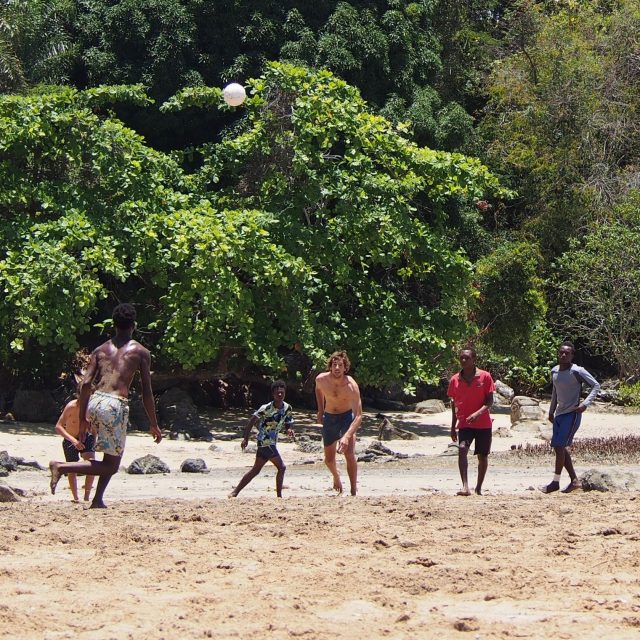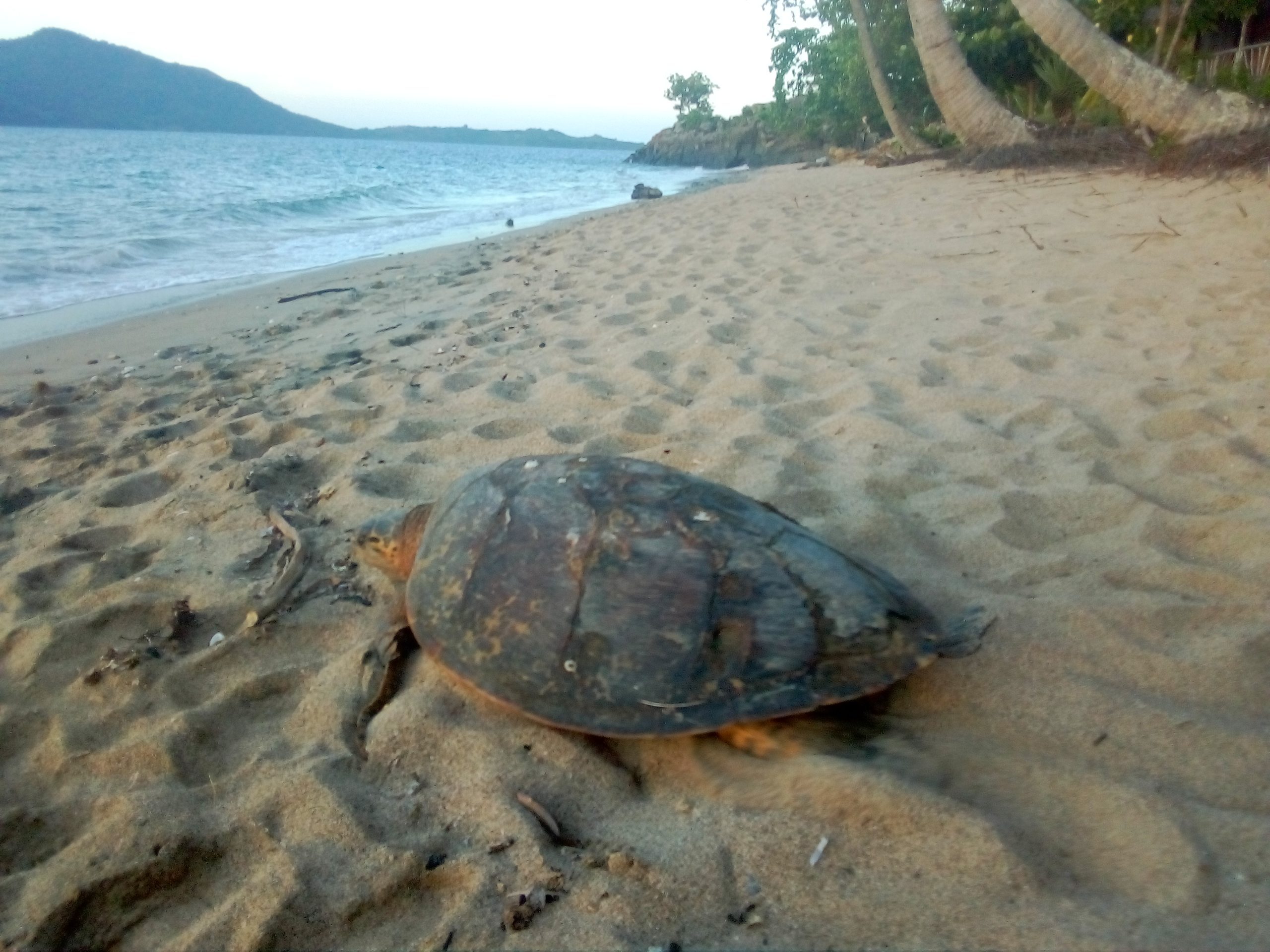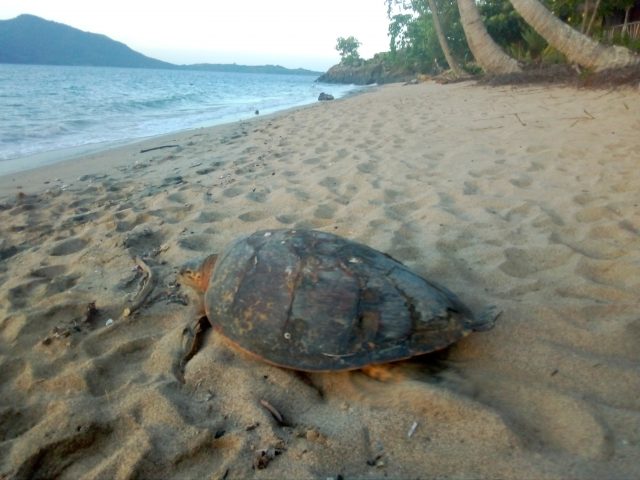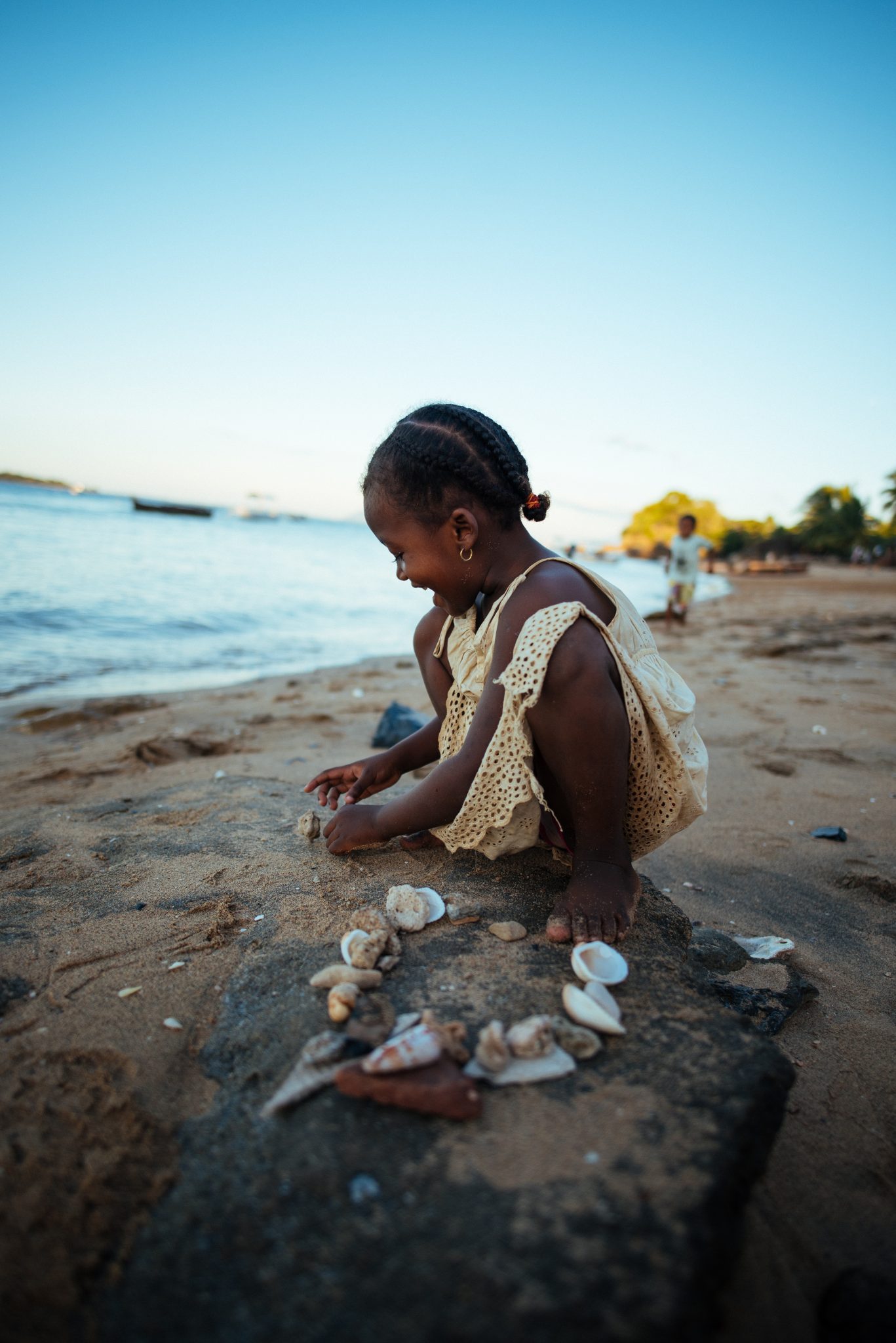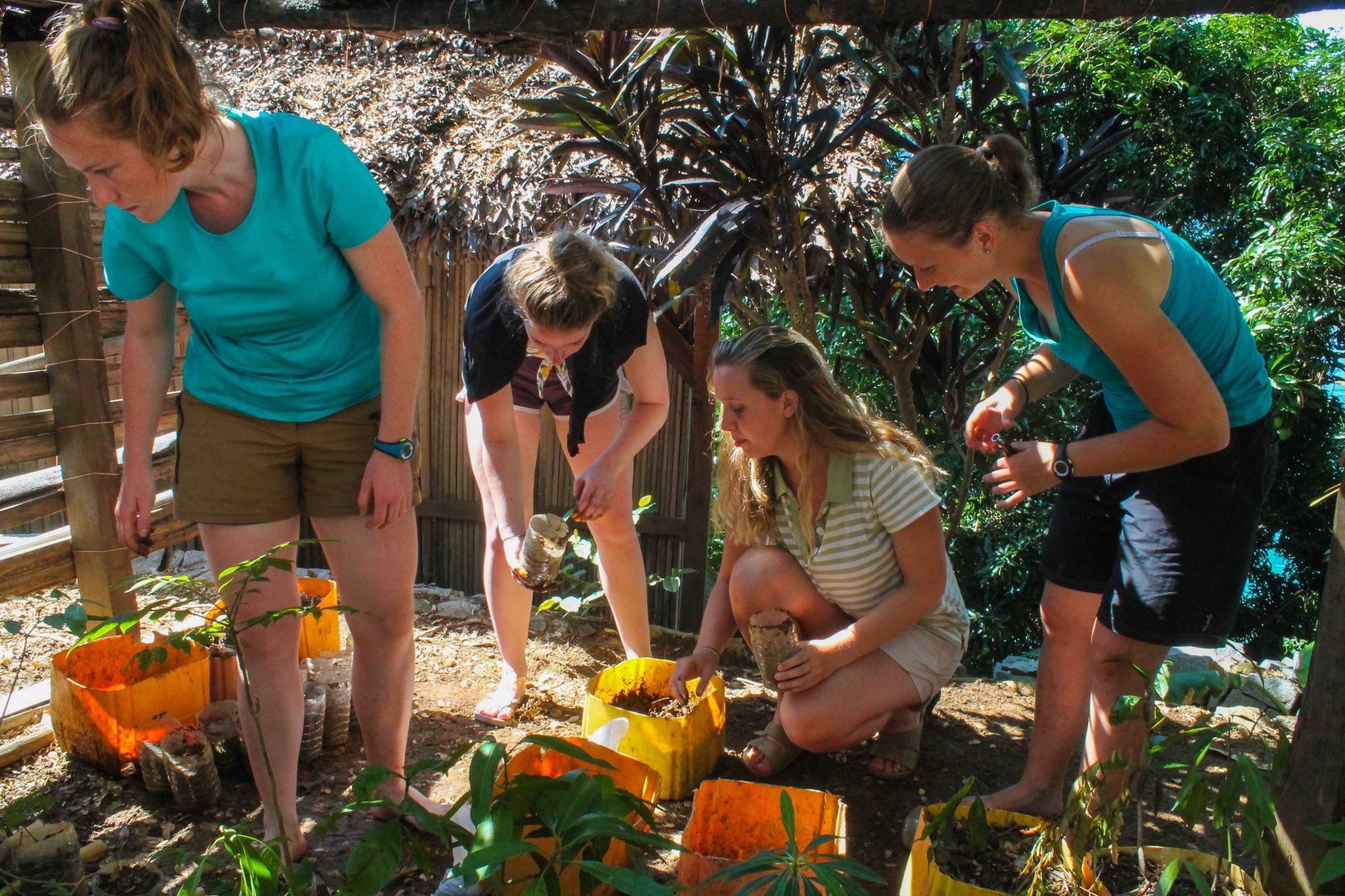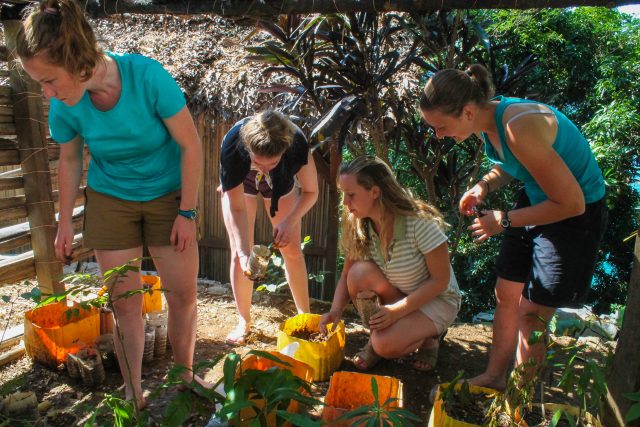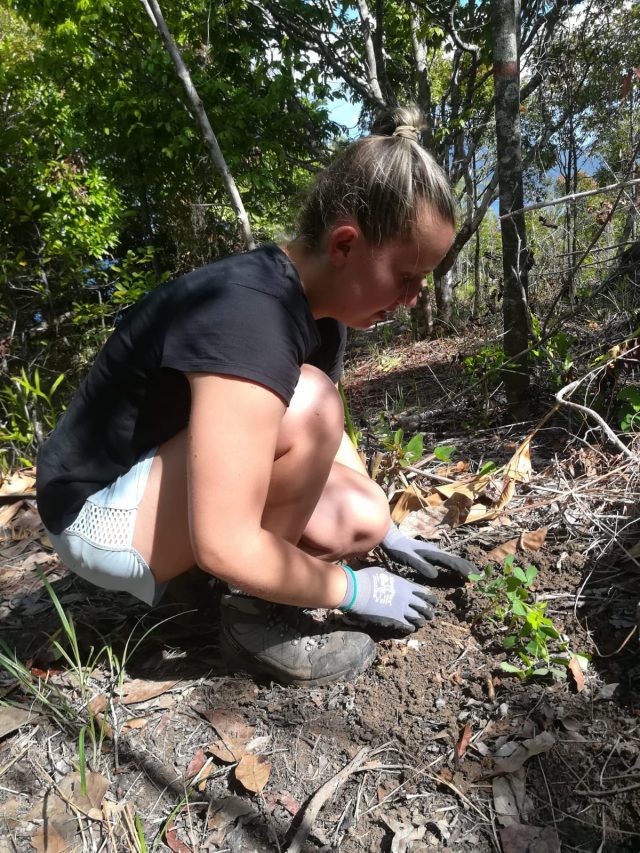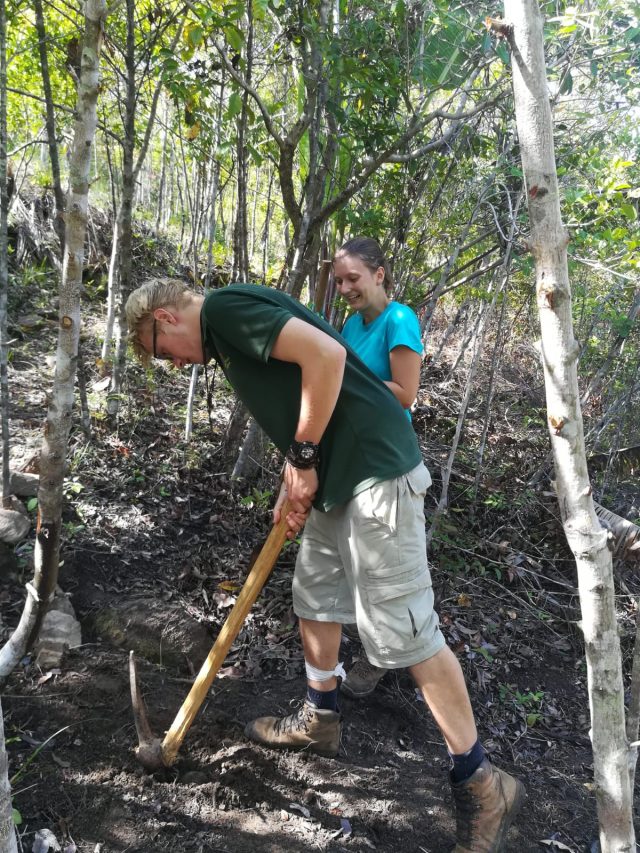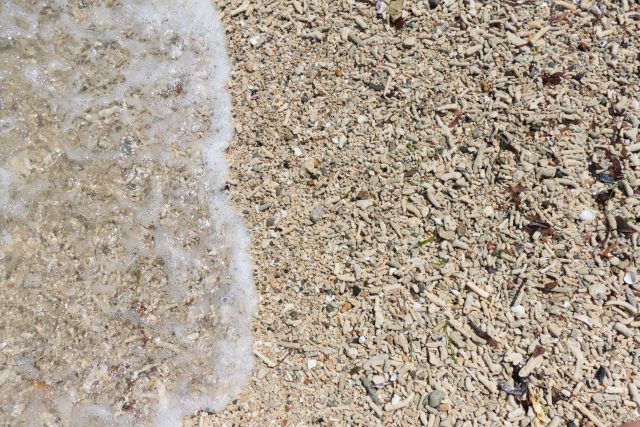
Why Are Seashells Important?
Seashells are crucial components in coastal and marine ecosystems as they have multiple functions. Perhaps the most obvious, natural uses for shell are the homes they make for hermit crabs, whose bodies curl comfortably around the interior of spiral shaped seashells. However as more trash makes its way to the ocean and surrounding coastlines and as fewer shells are available for these animals, hermit crabs are forced to find alternative housing. It is becoming increasingly common to find hermit crabs living in toxic plastic ware such as bottle and toothpaste caps which do not fit their body shape and make for a very uncomfortable and dangerous living.
Hermit crabs are not the only ones who benefit an abundance of shells; seashells provide home or attachment for algae, seagrass, sponges and many other microorganisms and microorganisms. Animals such as decorator crabs and octopus use shells as camouflage and many fish use shells as hiding places to avoid predators.
Seashells also aid in beach stabilisation and create important sediment. Understanding where shells come from adds more meaning their vital role in the ecosystem. Shells are the discarded exoskeletons of molluscs, mostly made form calcium carbonate, which in many coastal habitats dissolved slowly and is recycled back into the ocean.
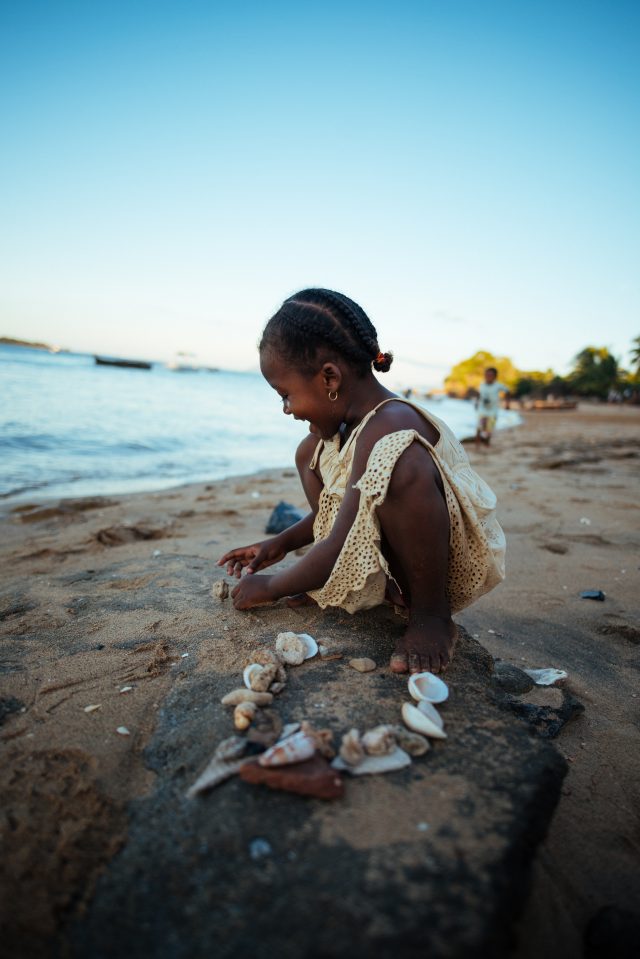
In comparison to the billions of years that marine ecosystems have existed, the removal of seashells from coastlines and the ocean is a relatively new practice. Despite humans (Homo genus) having existed for 2.5 million years, the earliest evidence we have of shelling was found by archeologists excavating 30,000-year-old Homo sapiens sites in the European Mainland. There they found seashells from the Mediterranean and Atlantic coasts which probably made their way to the continental interior by long distance trade between human bands. Furthermore, for around 4000 years cowry shells were used as money in many parts of Africa, South Asia, East Asia and Oceana. In fact, up until the early 20th century taxes could still be paid in cowry shells in British Uganda.
Despite humans having used shells for so long, it has only been since international tourism gained popularity (roughly in the 1970s) that the collection of shells has been such a widespread and impactful issue. For example, along the Mediterranean coast of Spain a mass increase in tourism during July and August has correlated with a 70% decrease in mollusk shells compared to numbers from the 1970s. Other months also saw a 60% decrease in shell abundance.
Some areas which have noticed similar correlations have begun regulating shelling. For instance, the Bahamas now limit the quantity of seashells that’s tourists can export without special permits so that tourism doesn’t have such a negative impact on the health of the ecosystem.
Entire counties putting rules in place, restricting the collection of shells is a huge step to solving the problem, however it is the actions of individuals around the world that has the most potential.
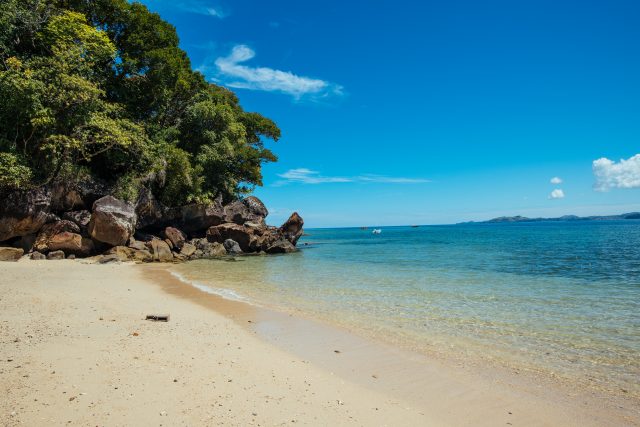
The best way to be environmentally friendly and help conserve the marine environment is to simply not take shells (or any other natural material for that matter) from coastlines or the ocean. However, if a person really cannot resist the urge to collect seashells, there are guidelines as to how to be more responsible:
1. Only take small, simple shells such as flat and cowry shells.
2. Only take a few- although a handful of shells may not seem like much, most people in the world have that same mindset so the total numbers of shells being removed from shorelines is huge.
3. Leave big and more complex (swirly) shells- remember that in order for a shell to be big an animal had to grow that big which is a rare occurrence. Also, swirly shells provide perfect homes for hermit crabs.
If you do choose to collect seashells, avoid sharing it on social media because others may not know how to do it responsibly/ethically. Educating others on the impacts of shelling and how to collect shells in a responsible way is another great way to play a part in conserving the marine environment.
Always remember: ‘Take only pictures, leave only footprints.’
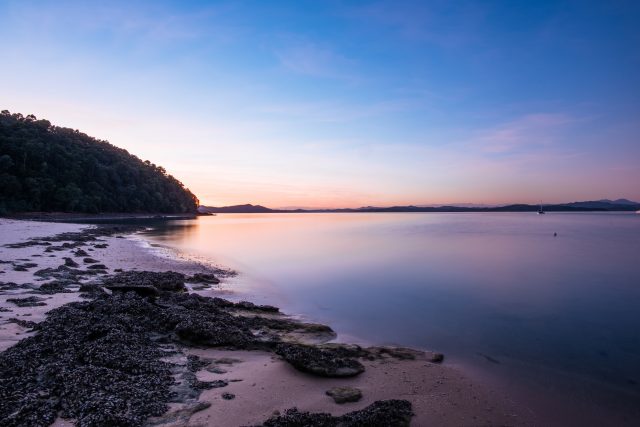
Follow us on Facebook & Instagram to keep updated daily!
